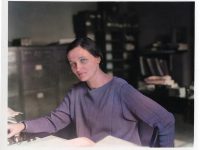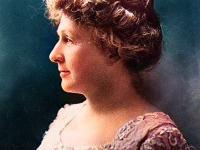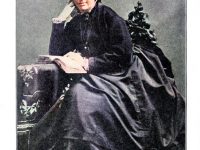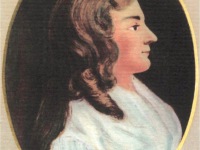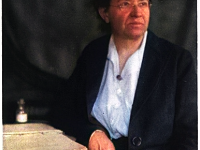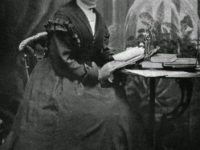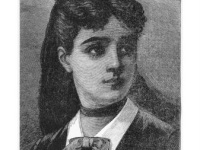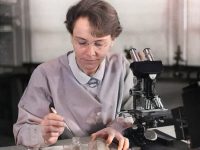Cecilia Payne-Gaposchkin and the Composition of Stars
On May 10, 1900, British–American astronomer and astrophysicist Cecilia Helena Payne-Gaposchkin was born. She was the first to apply laws of atomic physics to the study of the temperature and density of stellar bodies, and the first to conclude that hydrogen and helium are the two most common elements in the universe. It was another 20 years before Payne’s original claim was confirmed, by Fred Hoyle. Cecilia Payne-Gaposchkin – Early Years Cecilia…
Read more

